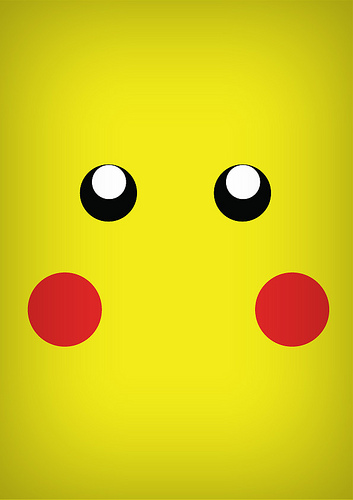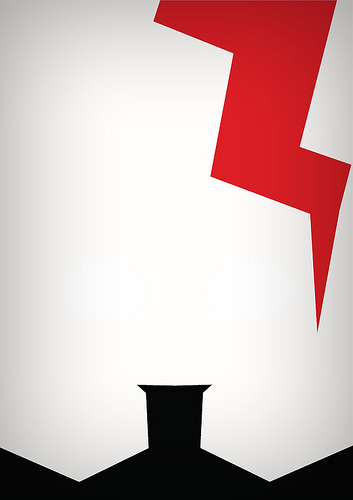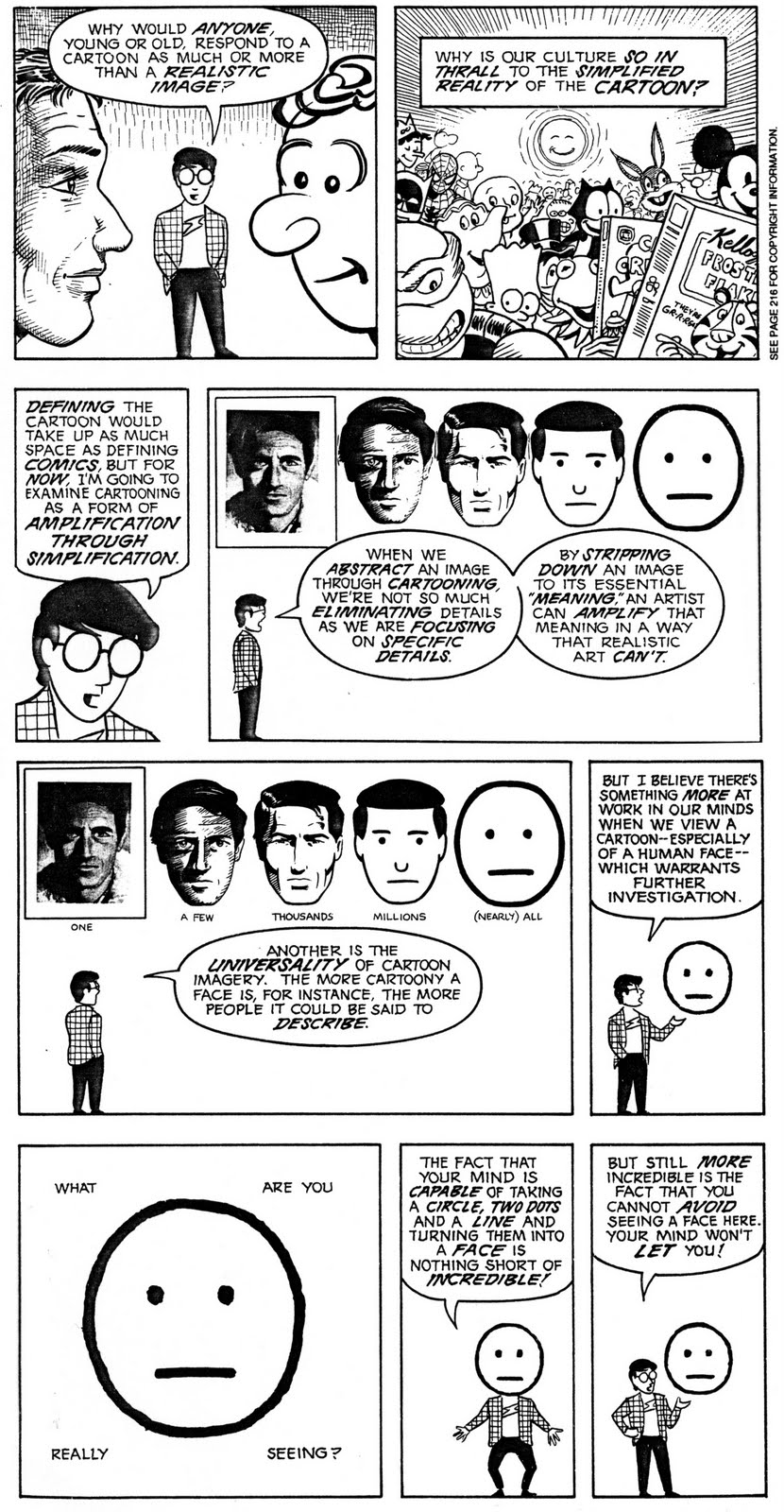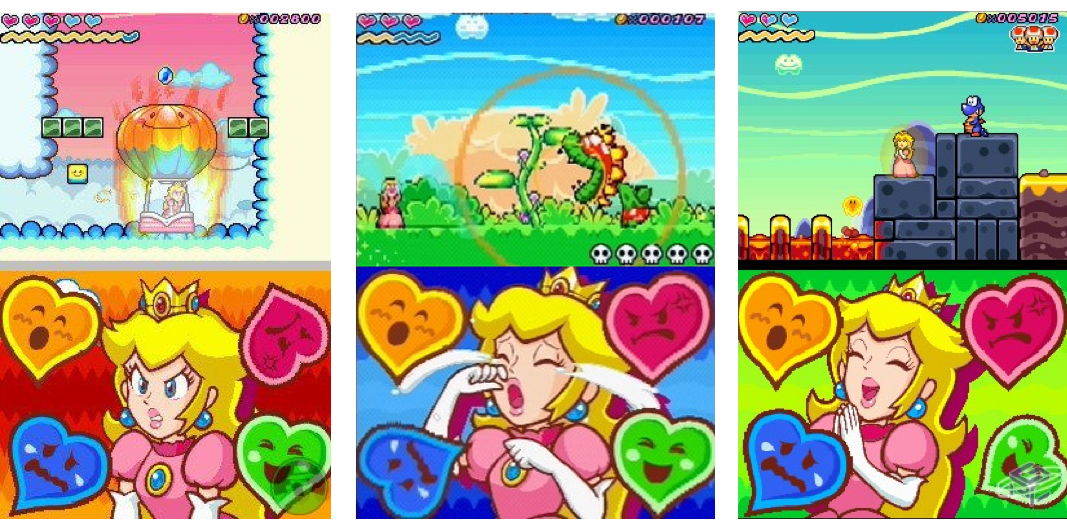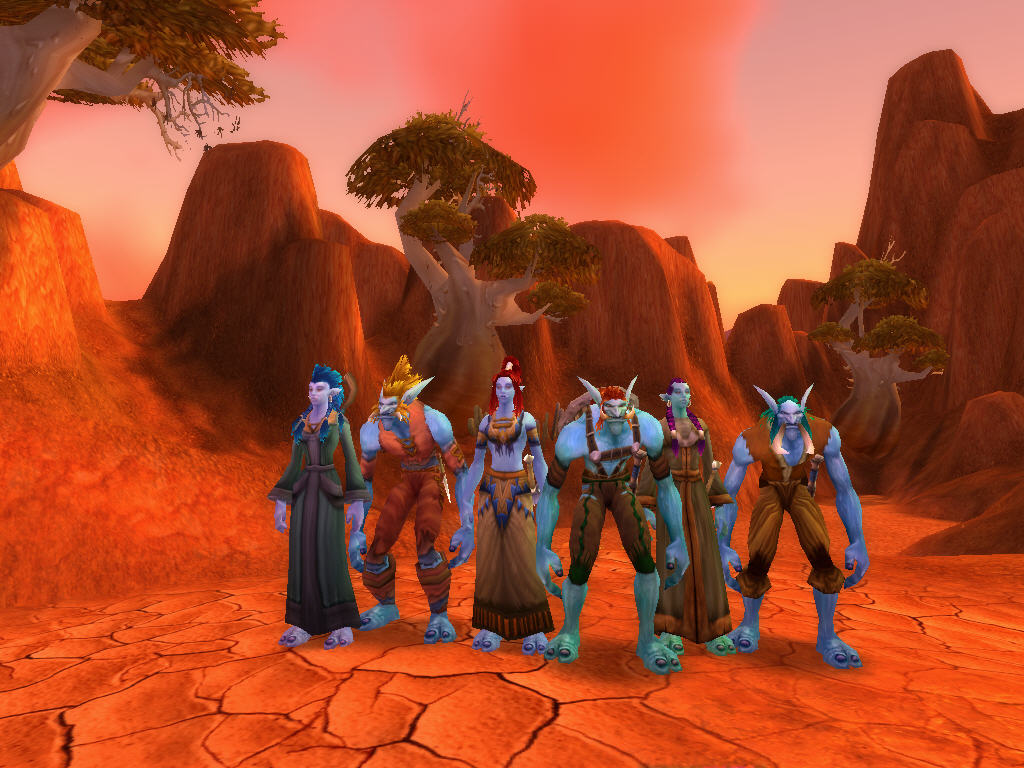Let’s look at these independent games.
They all “look good” even though they didn’t have dozens of people creating assets.
What are the distinctive visual elements?
What are the economic strategies in the production of assets?
How are the visuals related to the mechanics or theme?
Using non game references: Moebius
Questions for you:
What’s your strategy for creating assets economically?
Simply “using 2D graphics” is not an answer, 2D can require more effort than 3D
How does it relate to the theme and/or gameplay?
Considerations about mood and functional aspect (eg. we need to highlight interactive objects or separate foreground and background)
Does the visual style play to your team’s strengths?
JUST FOR A MOMENT let’s look at this project less as an artwork and more as a portfolio piece.
What is that you can do well, that you wish you could showcase, that you are considering as your specialization?
Are there ways to integrate this – without obviously hijacking the project or devolving into a design-by-committee process?
Colors
Most of the games above use a limited, non realistic, color palette.
Find a good color palette:
don’t pick colors at random
watch out for overtly saturated tones
try to limit your dominant colors.
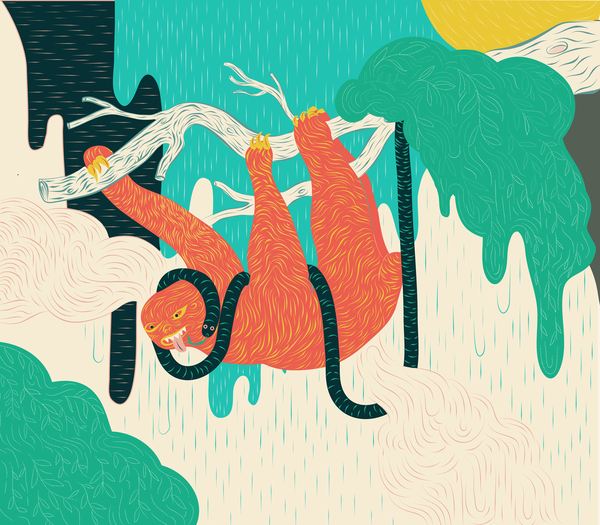
Create a new based on common patterns with Kuler
You can steal color palettes from here
You can randomize a color scheme with this app
Create one from a picture with this tool

Fernando Ramallo picks colors from pictures of sunsets. Some other designer (I don’t remember who) confessed to rip off colors from vintage polly pocket toys.
Color ramps
Mostly used in pixel art but can it be applied in illustration and anywhere. Mind that there is no fixed system to create ramps and palettes, but it’s a good idea to familiarize with the practice of hue shifting:
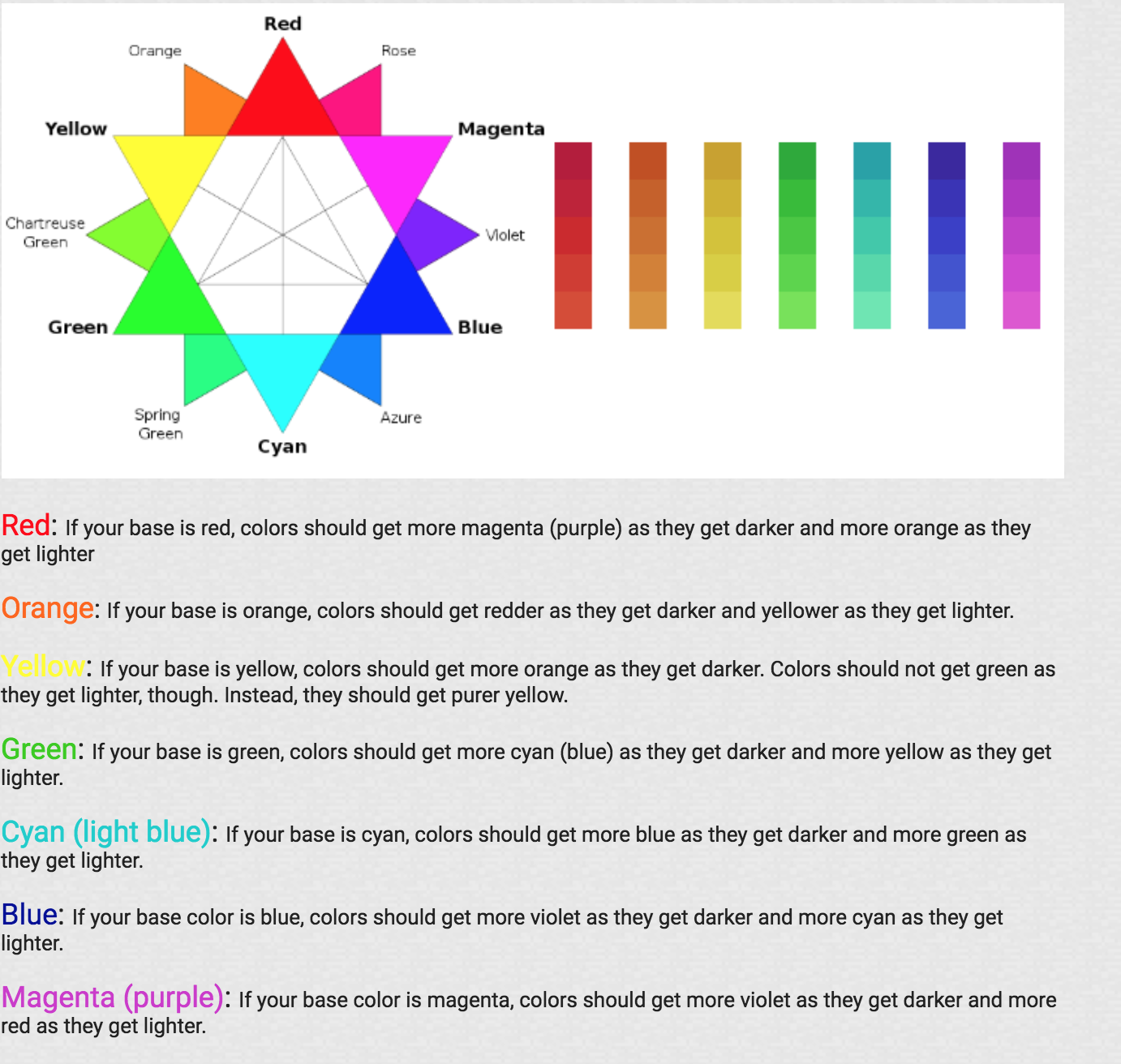
You can generate a color ramp one from a picture with this tool
Sometimes it makes sense to use a monochrome or analogous scheme…
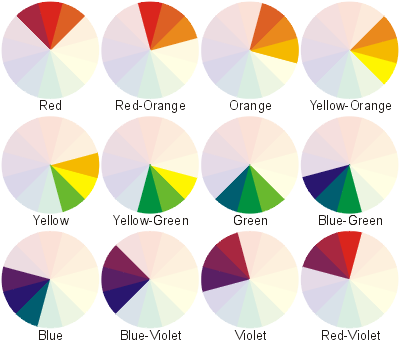

The color scheme doesn’t have to stay the same!
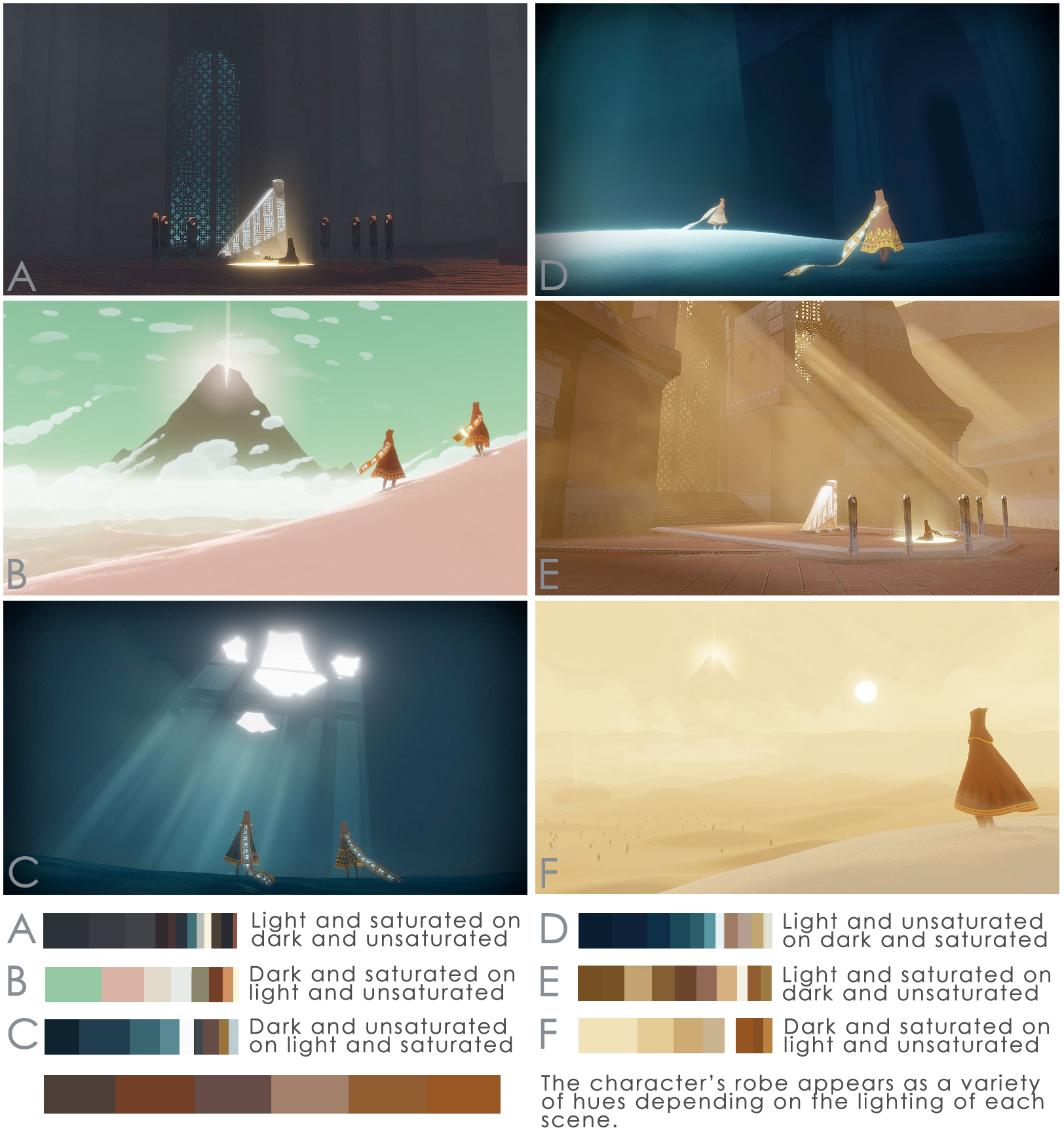
But more often than not you will need to differentiate between objects and create different ramps for your main colors.
There are plenty of tutorials and debates on the internet on how to properly create color ramps but it’s a common practice to make sure the ramps are interlocking, so you can have more harmonious edges or tinted outlines that work with different colors.

Figure out the dominant elements in your game. The scheme above may not work well for a story that takes place in the high seas.
If you follow these principle too closely you may end up with a boring palette, eg your object will look washed out in the same yellow or purple light. The use of bold complementary or non analogous colors, especially for accents.

Hyper light drifter looks unique also because it doesn’t really seem to follow most of pixel art rules
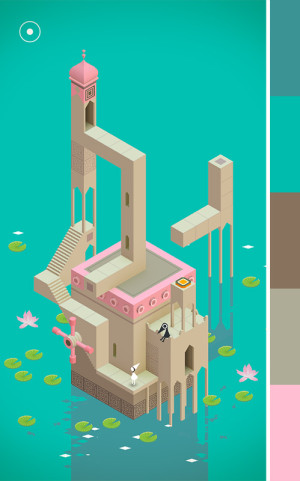

Where do these colors and ideas come from? Once again NON-GAME INSPIRATIONS
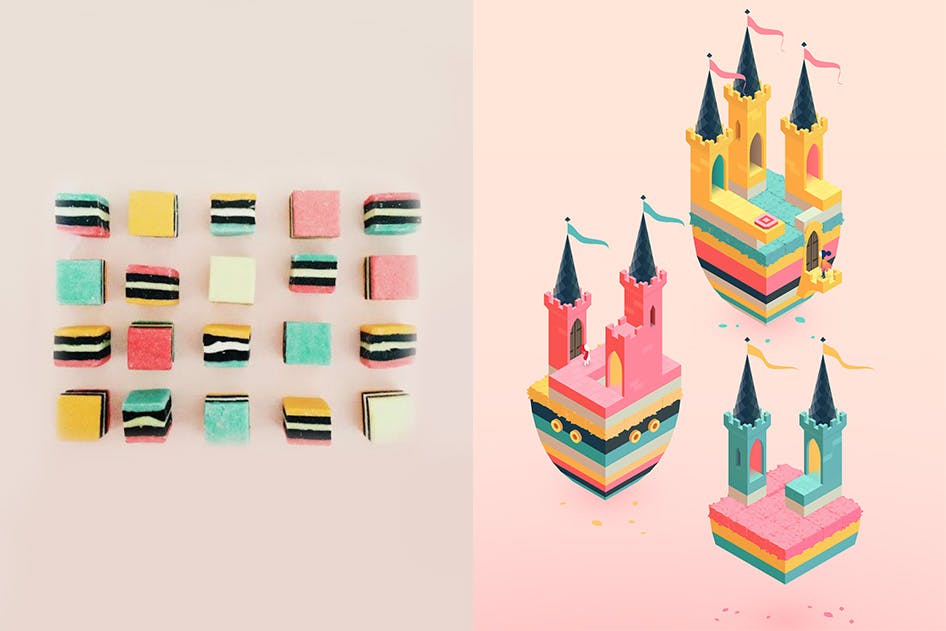
If you want to be a game artist, a graphic designer or an illustrator learn some color theory especially applied to the digital sphere.
For more complex/realistic illustrations like concept and background art it may make sense to paint in grayscale and colorize later.
Colors in 3d
In 3d environments colors emerge from the interplay of lights, skybox, texture colors (albedo), fog, and post-rendering effects.
Here’s how the art director of Firewatch translated a key concept art image in a distinctive 3d style:
highlights: stylized fog, color script, paint-over rough screenshots.
Realism vs Stylization
At some point in the process, not necessarily in the pre-production phase, you’ll have to decide where your style stand in the realism – abstraction continuum.
I generally recommend students “less is better” (less pixel, less polygons, less colors) but it’s not just a matter of resources and skills. Stylization requires more considered choices. A good example of striking a balance between “noise” and richness in environmental art is the Witness.
Start 7.13
Research
Not every game can find inspiration in candy and other media. For more (even slightly more) realistic settings you should research real world places, architecture, objects, clothing, characters etc.
Mood board
Themes and scenarios come with more obvious tropes attached. If you create a mood board by just googling keyword you’ll get only visual cliches.
You can try to subvert some of the expectations, create your own twist and interpretations to a particular setting.
Check these slides from Ninja Theory’s Devil May Cry and Enslaved
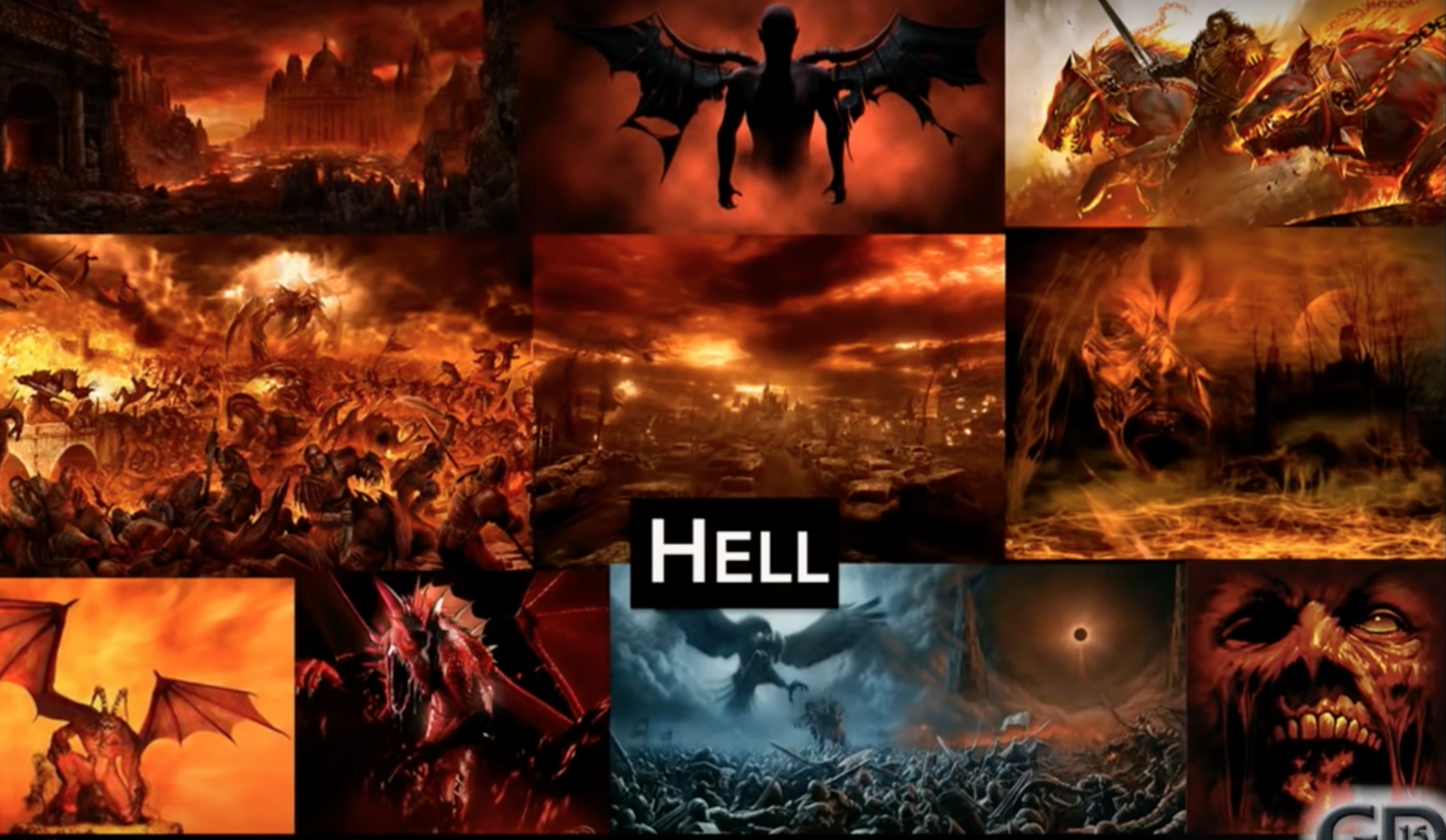
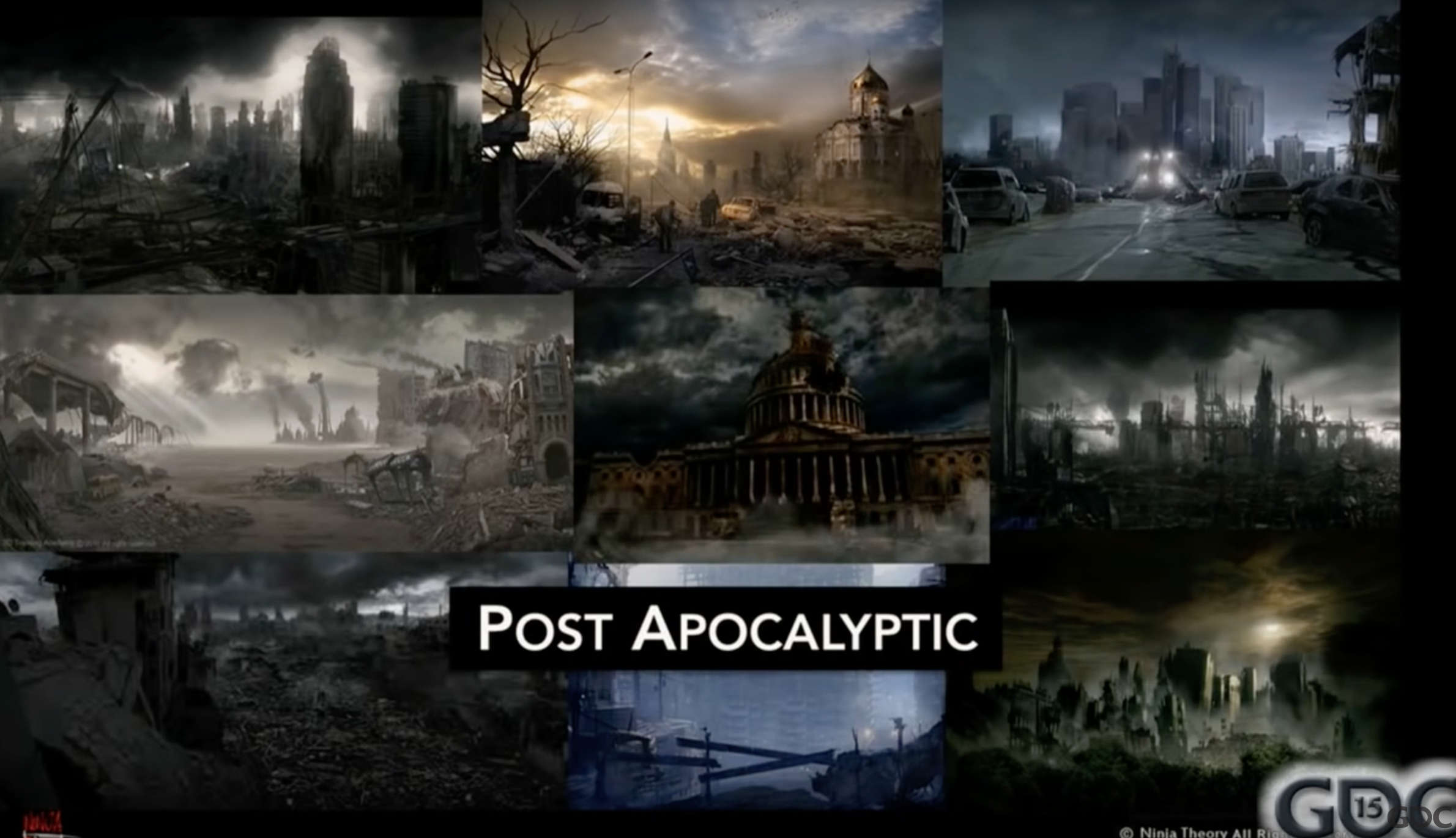
Two common scenarios and the reinterpretations by ninja theory.
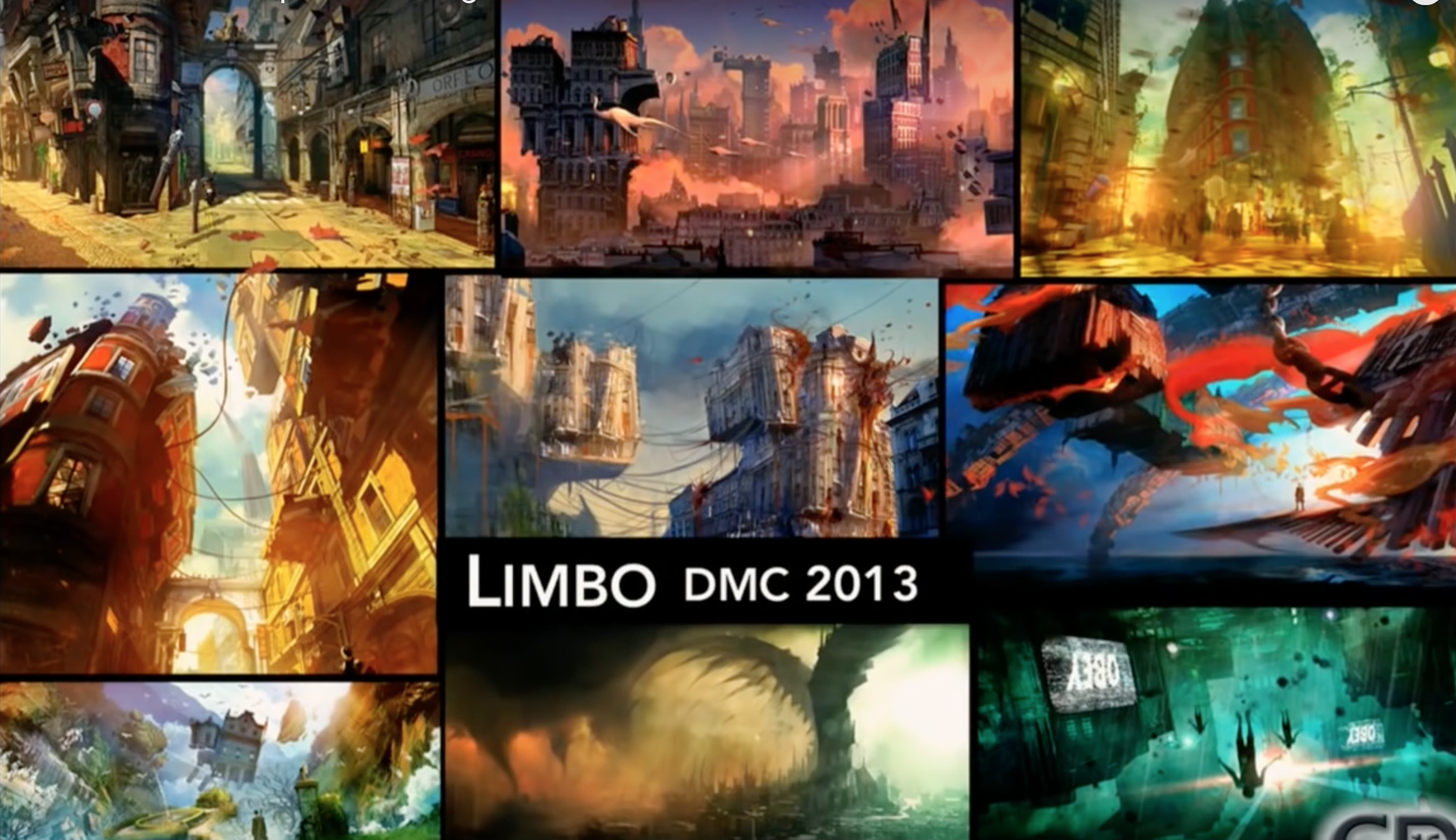
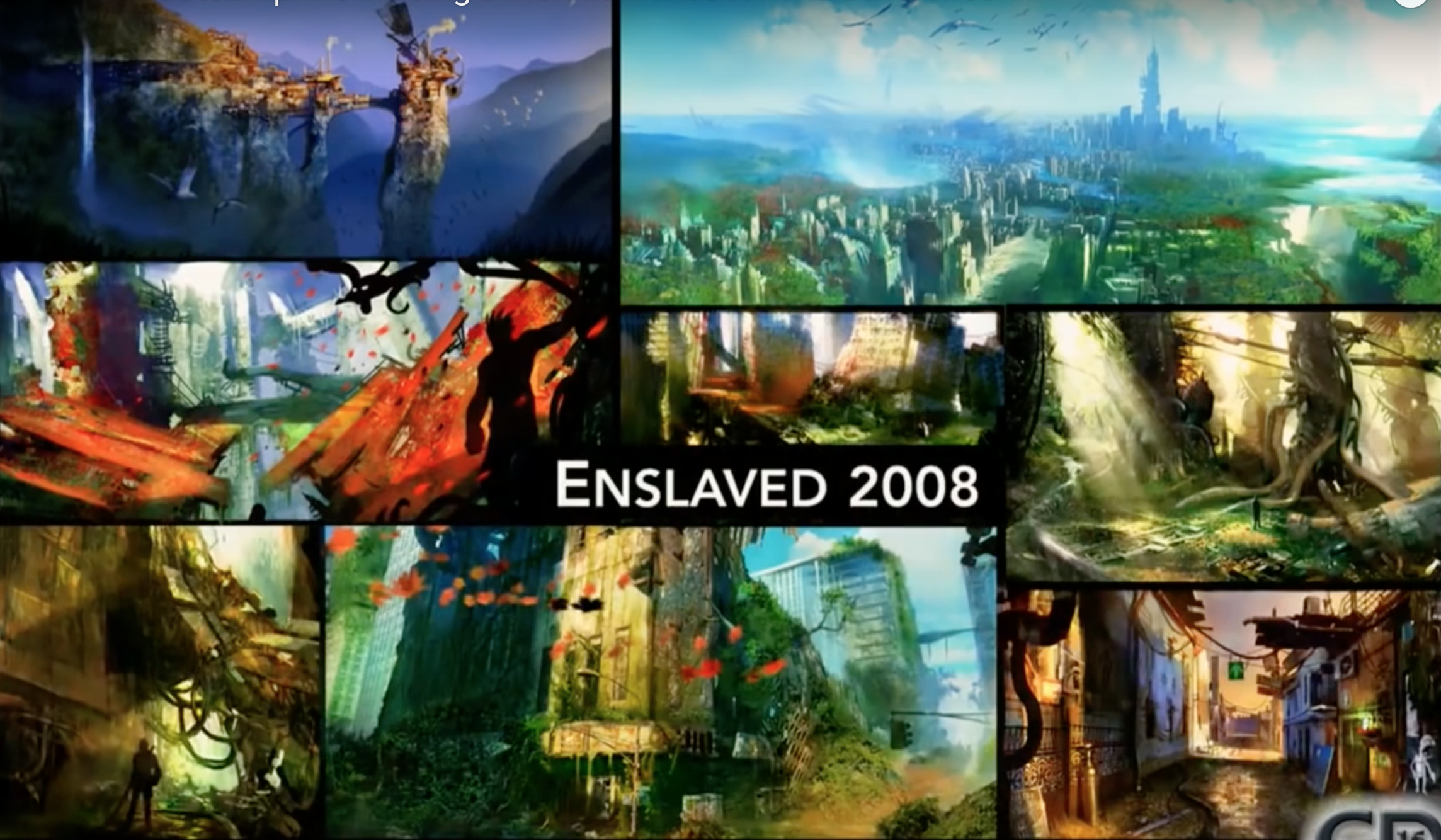
Slides from this GDC talk (not that great, although their work is good)
Exercise:
Create a quick mood board on your miro focusing on the color palette (but also including visual motifs).
All the references must be outside of the realm of games.
If you don’t have any concrete starting points don’t jus image search “sad colors”. Try this site: same.energy
Add real world references to your mood board even if they don’t match the visual style and palette
Here you can look up things more literally things like “gothic church”, “salmon”, “CIA black site”.
This will inevitably force you to ask yourself questions like: where and when is this game taking place?
Character Design
For character-driven stories it may make sense to think about the character style first and build a world around it.
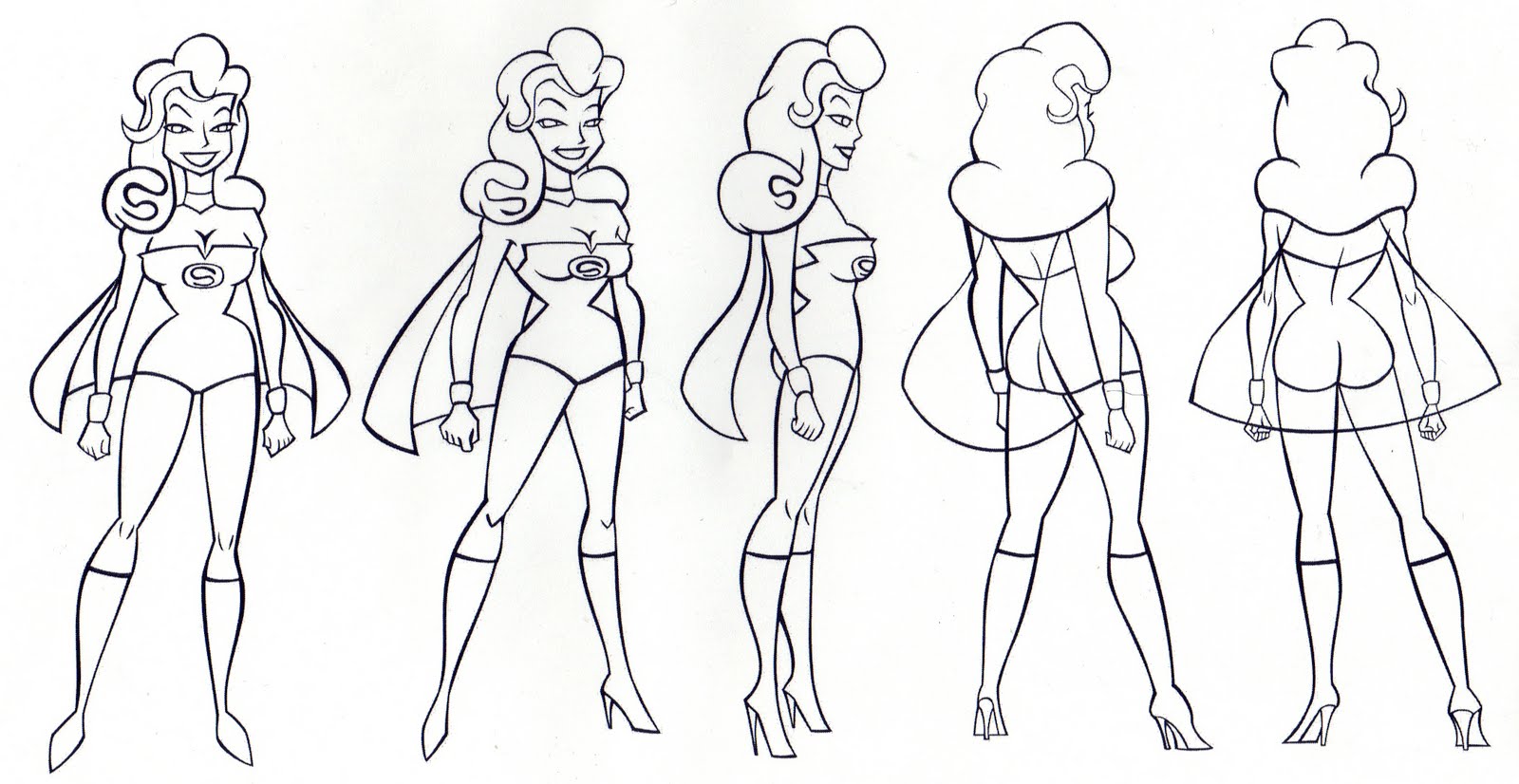
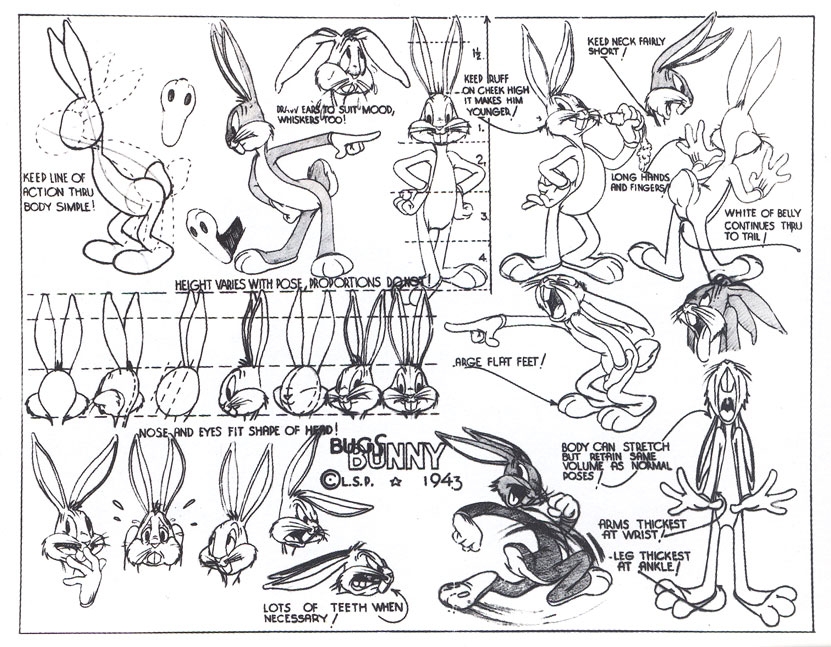
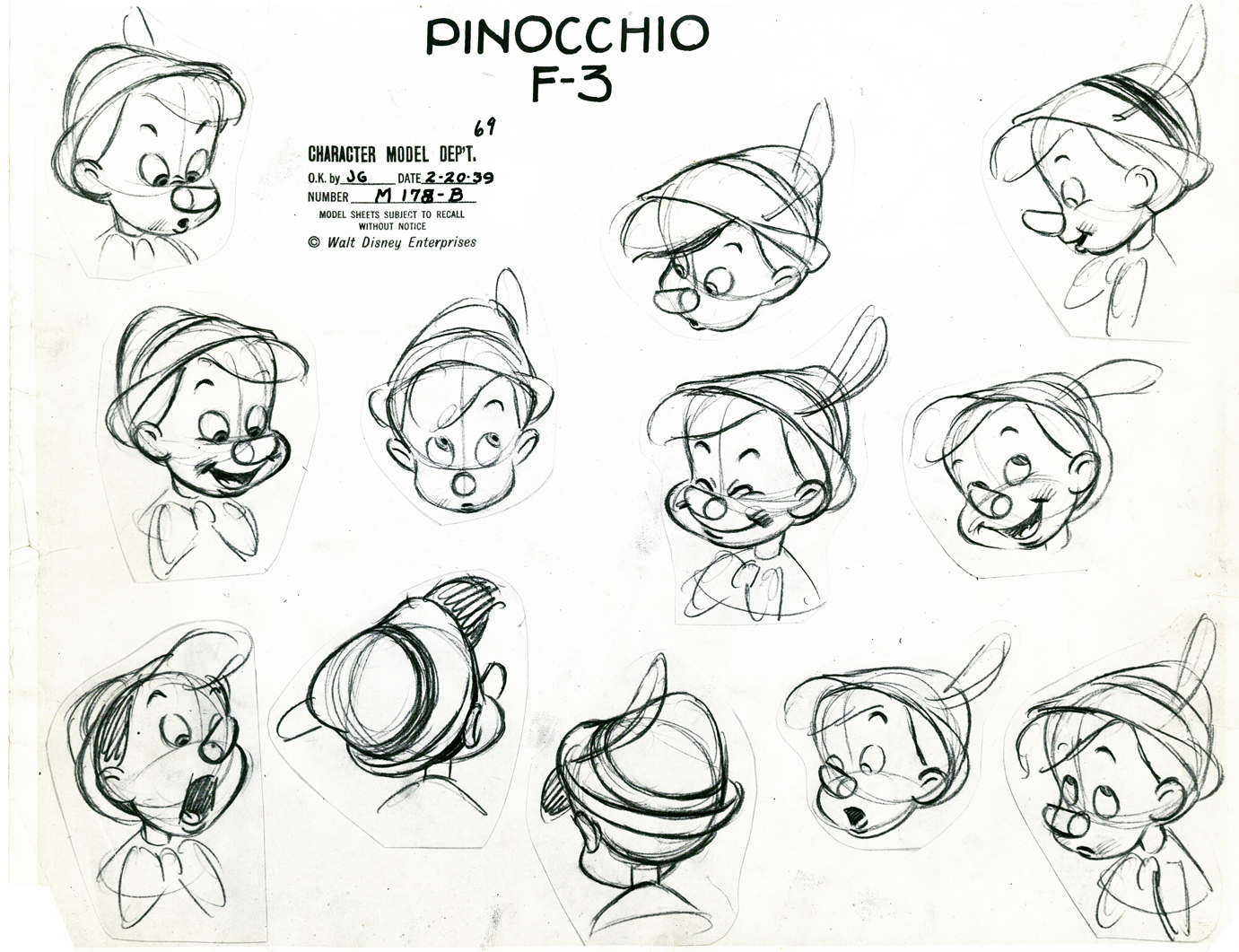
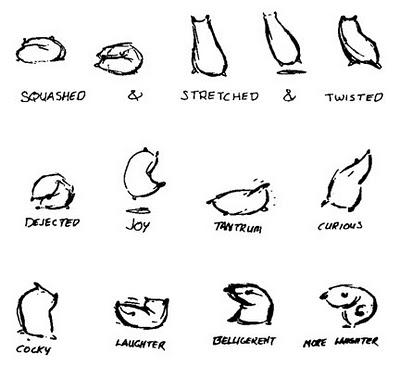
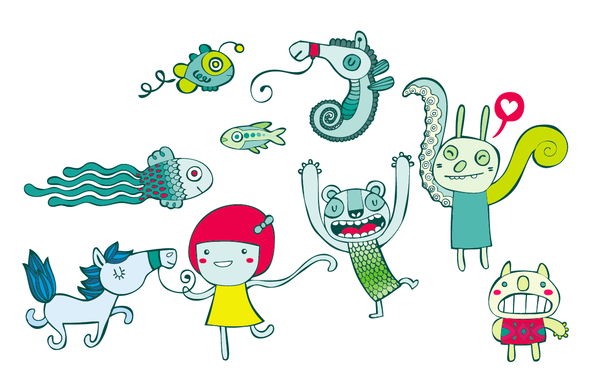
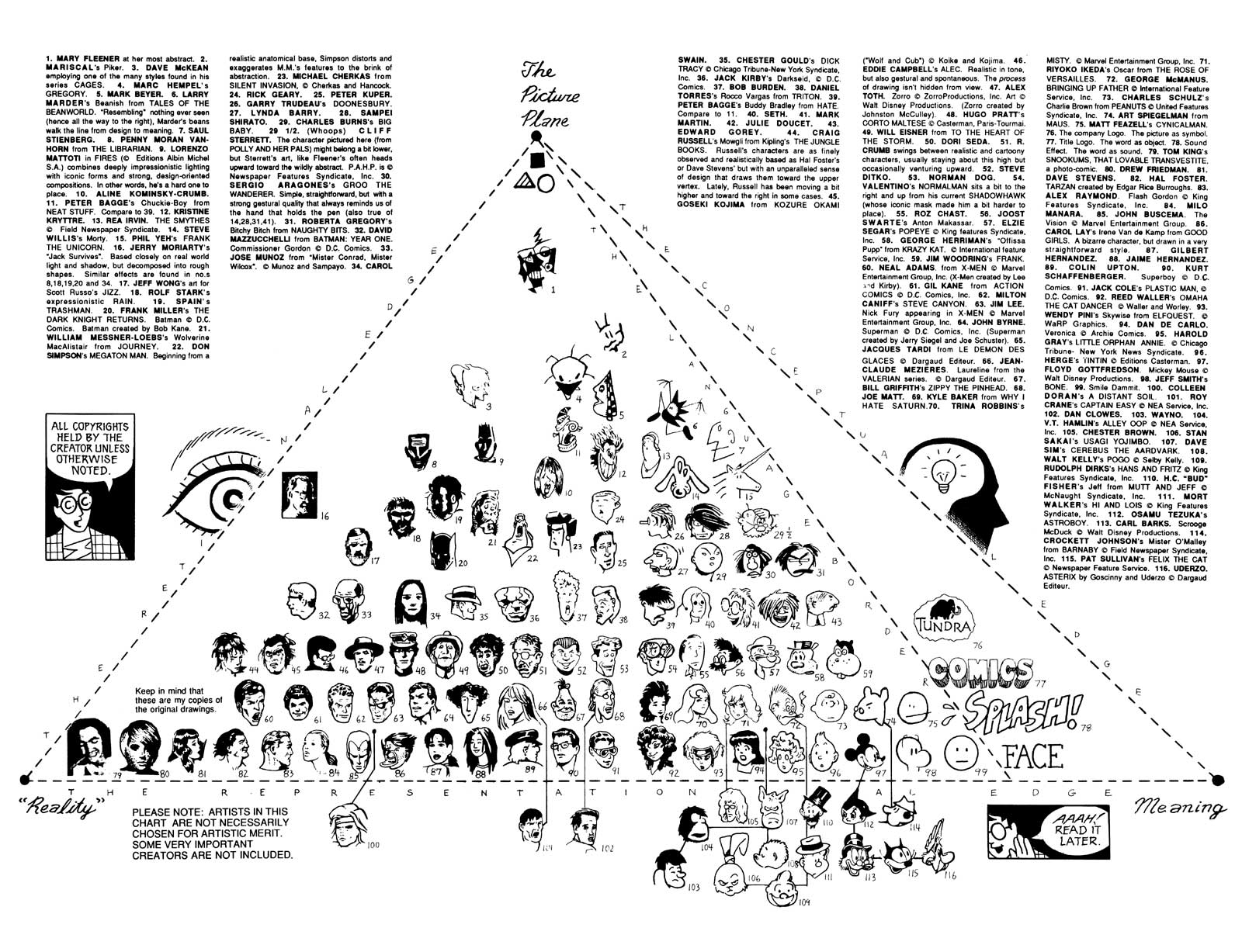
Narrative games aside, game characters are defined by their actions and states
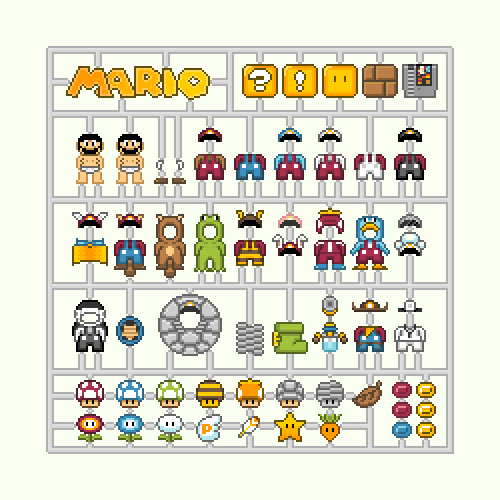
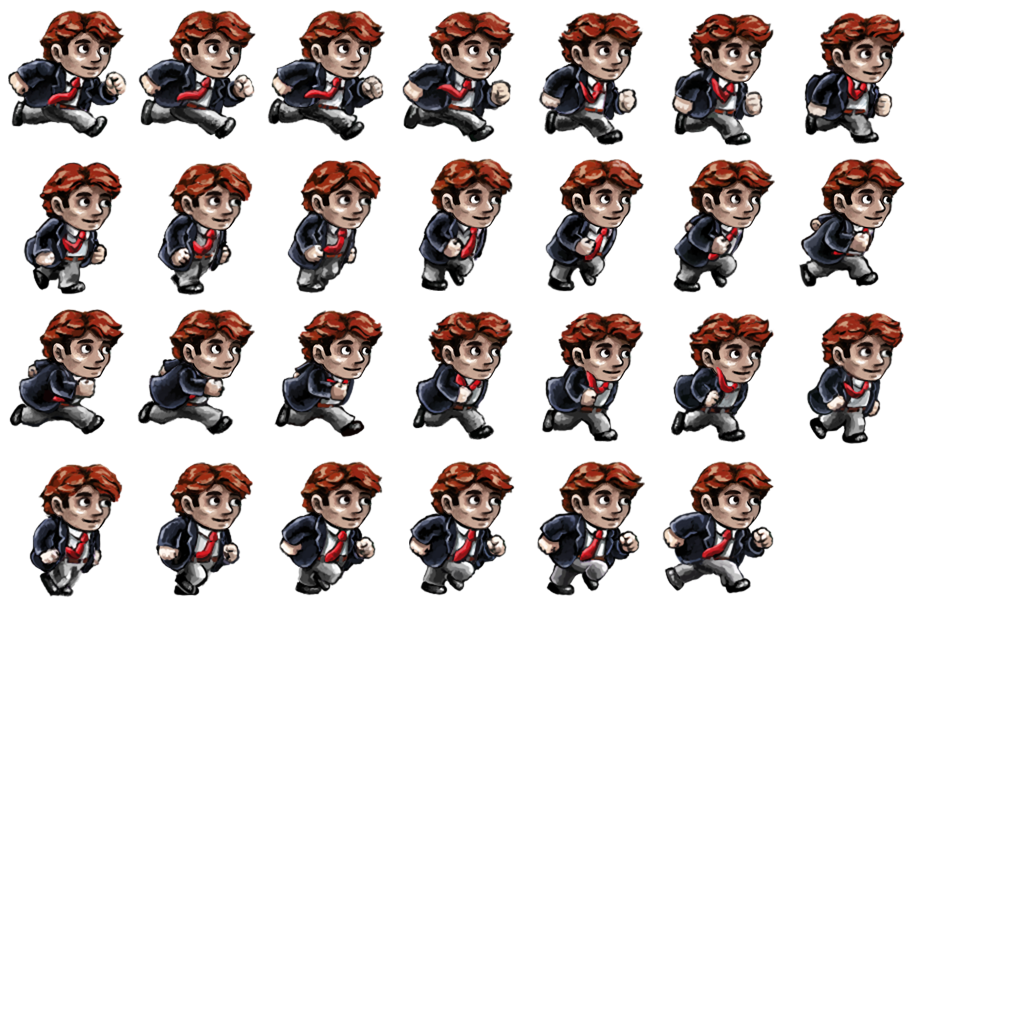
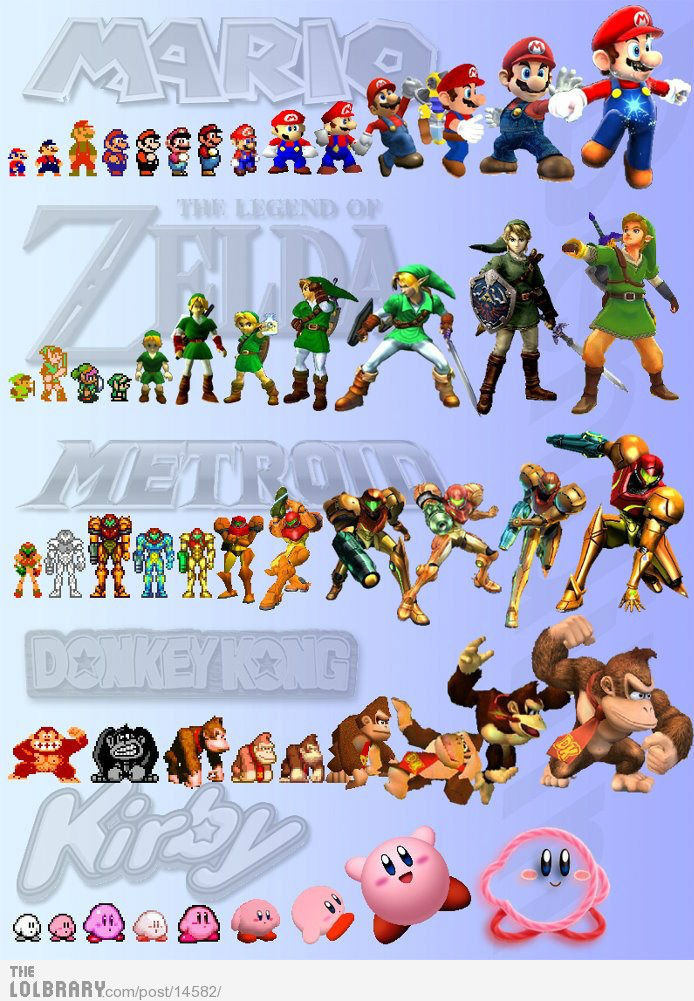
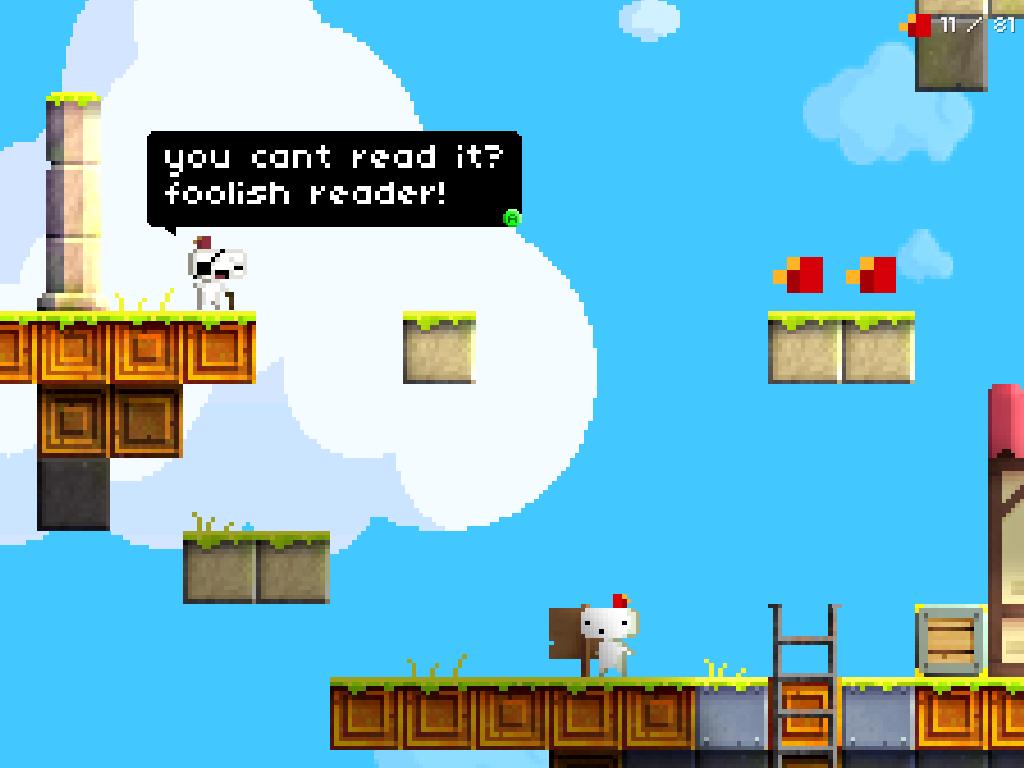
In short animations, characters may have specific built-in affordances. They are designed to perform certain actions:
This happens more frequently in videogames, where characters are defined by what they can do and the actions they perform are limited.
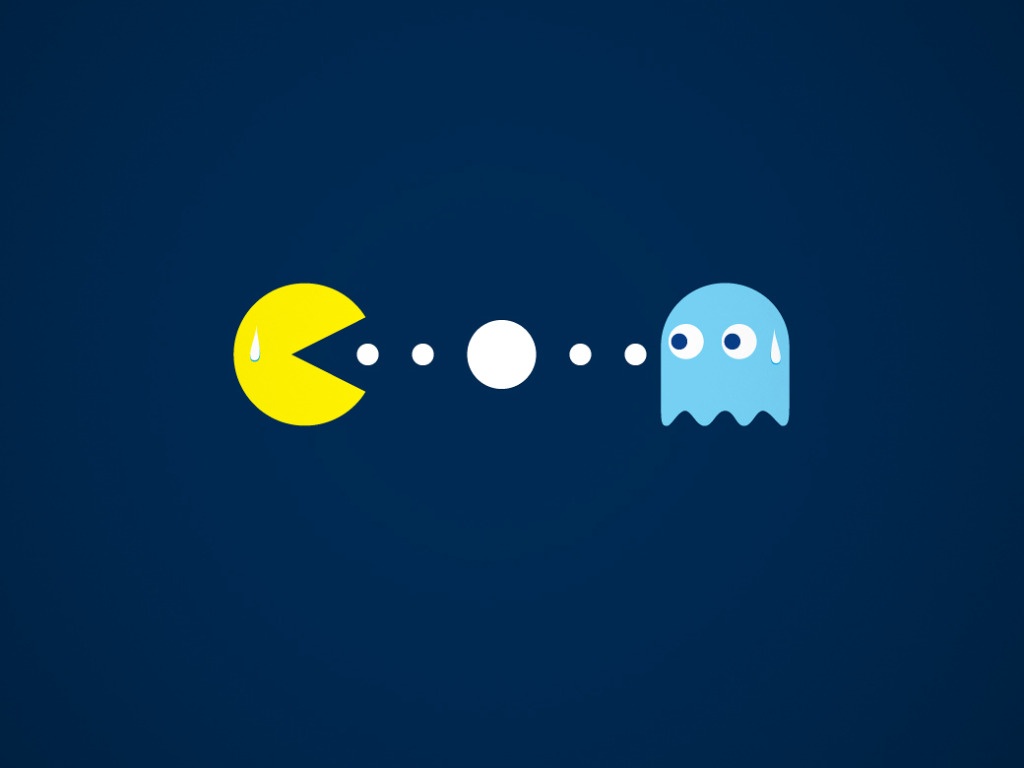 Gris – animation-first, and special “mood abilities” expressed through shapes
Gris – animation-first, and special “mood abilities” expressed through shapes
Character design as level design:
Game designers often need to communicate threats, goals and roles without going through narrative character establishments. To do so often “effectively” recur to problematic strategies such as stereotypes and stock characters: zombies, princesses in distress etc..
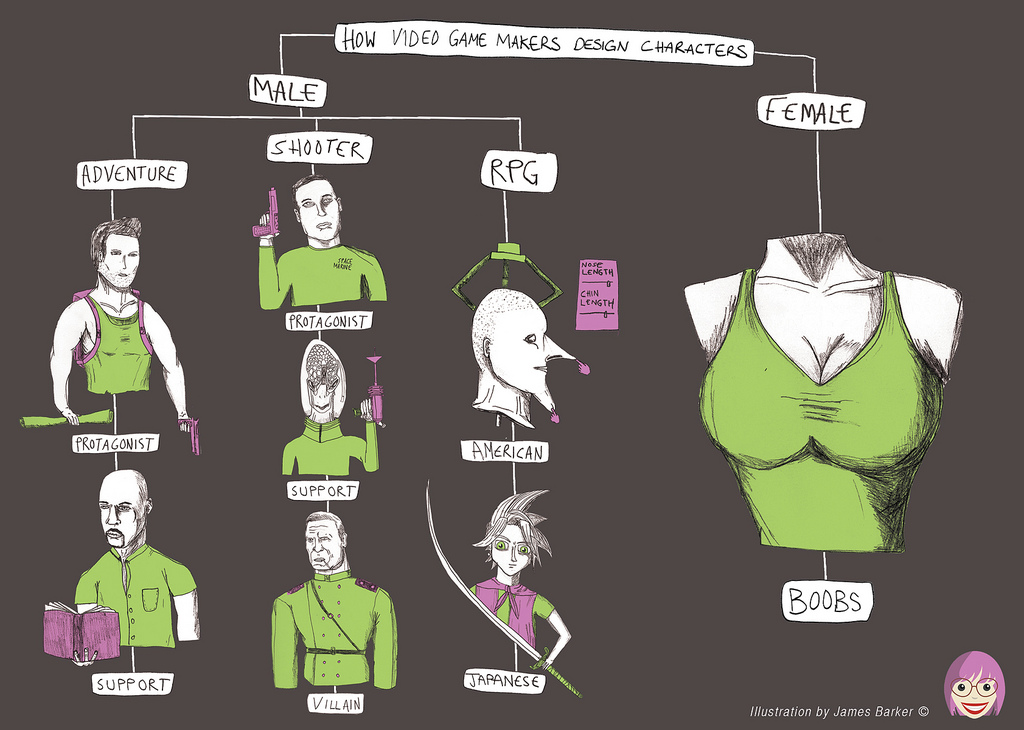
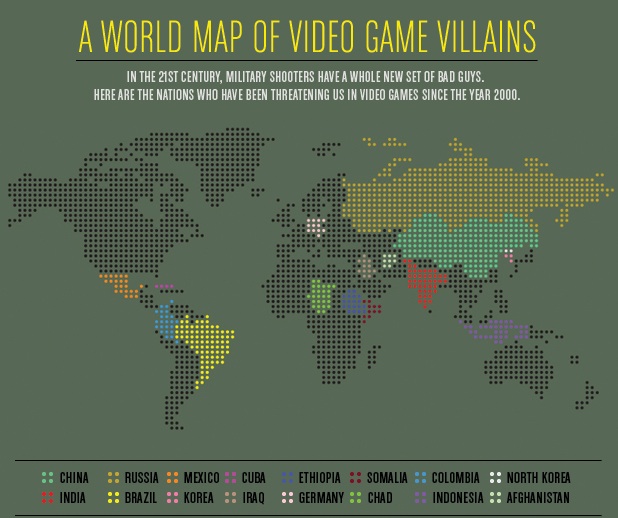
Playable characters in games tend to be overwhelmingly white and male. When there’s “diversity” it reflects the overwhelmingly white male and conservative composition of the game industry today.
Ethnic and racial stereotypes are a common (lazy) characterization for fighting games.
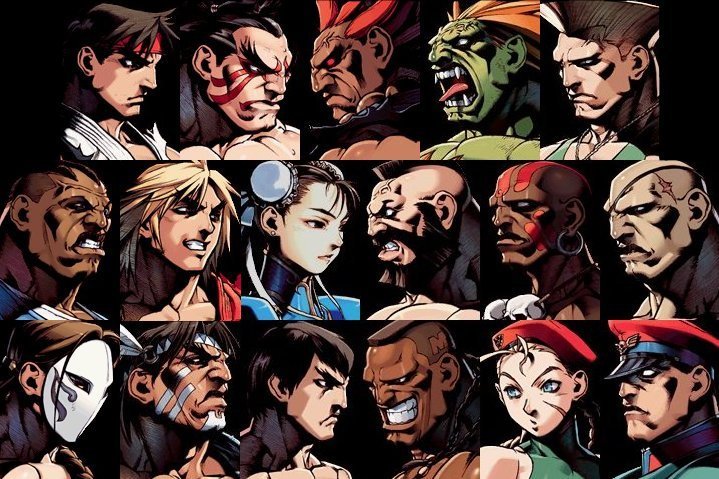
Transposing elements from existing cultures in fantasy settings can also be debatable. The Na’vi in Avatar are the ultimate embodiment of the Noble Savage. The struggle between good and civilized humans and vicious and primitive Horde in World of Warcraft has colonialist undertones. The Horde has totems, tents, face paint, Trolls even have a Jamaican accent.
And other videos from the Tropes vs Videogames series
Exercise:
What are the distinctive visual features of your character(s)? How do you immediately recognize the among similar designs?
The features must be recognizable from the particular view in the game. Can you cosplay as your main character?

